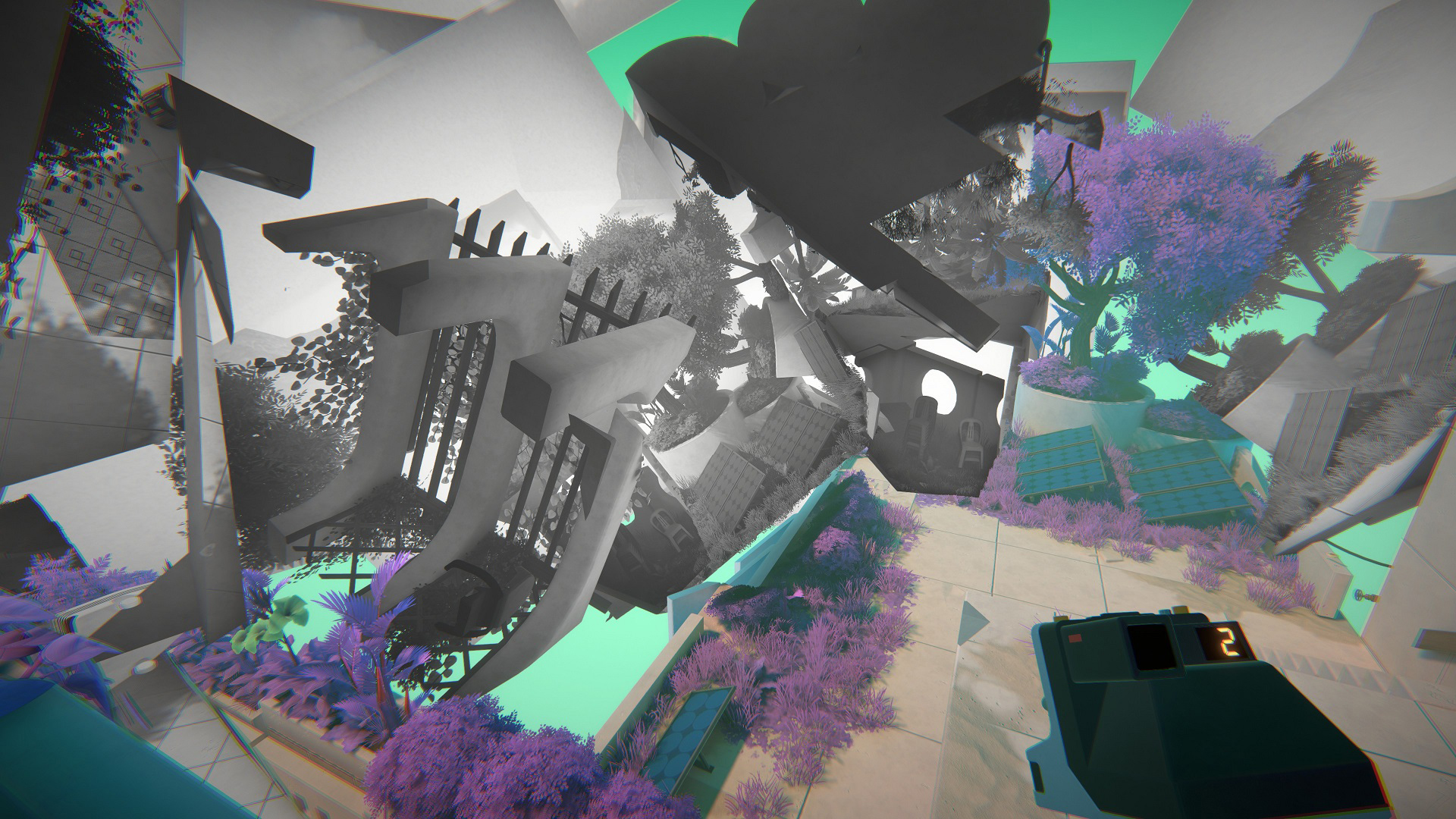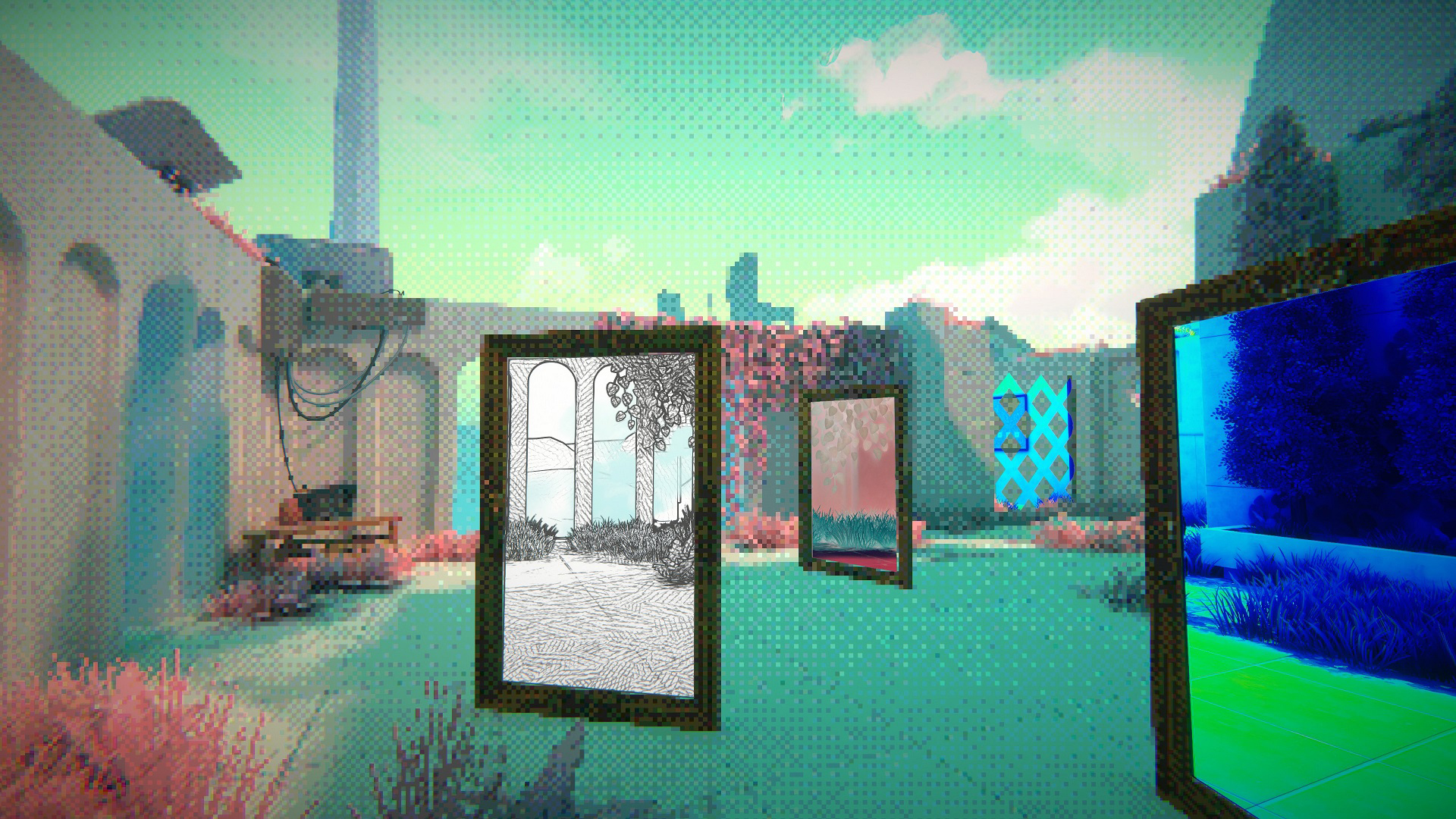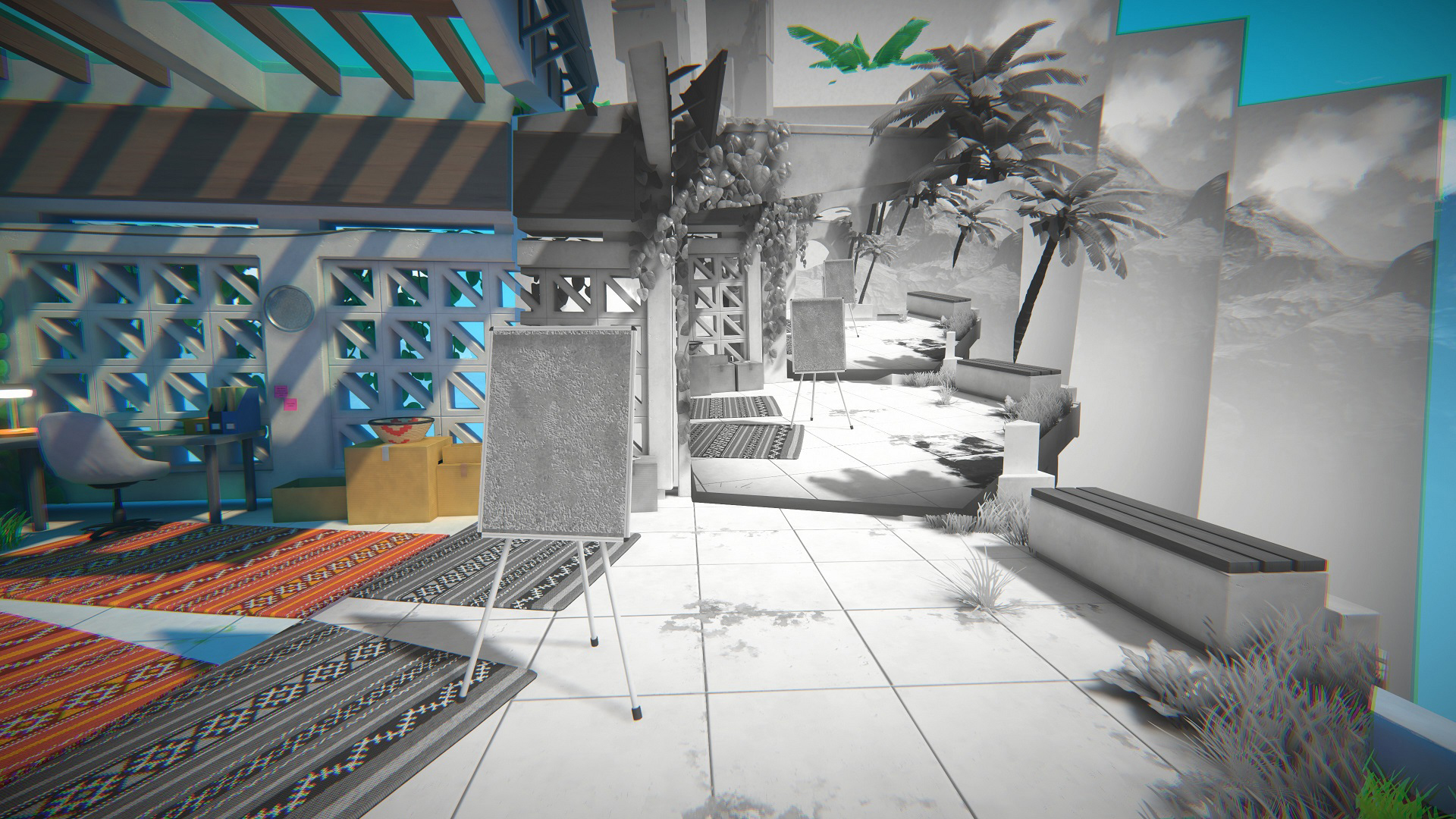
You should play Viewfinder. On that point, I want to be as precise as one of this game's brain-teasing conundrums. Because this indie puzzler – that wears its Portal inspirations on its sleeve, but is more than its own thing – is simply brilliant. It's intelligent, well-paced, beautiful, witty, funny, and thoughtful; and it'll keep you guessing from start to finish.
Developer: Sad Owl Studios
Publisher: Thunderful Games
Platform(s): PS5, PC
Release date: July 18, 2023
We're in the throes of an exciting time for video games, and as the industry prepares for one of its busiest end-of-year stretches in years, standing out from the crowd is no easy feat. This is true of the biggest, most blockbuster AAA ventures out there, with the likes of Diablo 4 and The Legend of Zelda: Tears of the Kingdom having set the bar ever-so-high in 2023 already. From here, we're staring down massive RPGs like Baldur's Gate 3 and Starfield, and sprawling adventures in Alan Wake 2, Assassin's Creed Mirage, and Marvel's Spider-Man 2, to name but a few of the big-budget projects set to land before the year's out.
To not only hold your own while rubbing shoulders with these juggernauts, but to deliver something so inventive and intuitive that helps it rise above is properly impressive, especially from a modest indie outfit in Sad Owl Studios. And yet that's exactly what Viewfinder does – and now it absolutely deserves its mention in any future game of the year conversations.
Picture perfect

It's worth saying that I'm firmly among Viewfinder's target audience. I love games of this ilk, and while I can be just at home in some of the busiest titles out there – from Elden Ring to GTA Online – there are few things that get me going quite like a good puzzler that's as smart as it is sophisticated. But even if puzzle games aren't your thing, I'd still recommend taking this one for a spin. When Portal 2 launched in 2011, I remember scores of unwitting players diving in simply because it was a Valve game, realizing it wasn't what they expected, and then falling in love with it all the same.
Viewfinder walks a similar path in that it continually subverts expectations in real time. The premise is pretty simple: you wander around a simulated world full of color and character, collect discarded Polaroid-style photographs, hold them aloft, and then physically enter them in order to warp reality and create an alternative route to your goal. Your goal in each simulation is a teleporter end-point that, once reached, shuttles you to the next head-scratching set-piece in turn.
In its simplest form, this might involve reaching a gated archway with no key. A quick scour of your environment lets you locate a snapshot of the same curved opening, but with the gate removed. Hold it up against the offending roadblock, click it into place, and wander through. Et voila. Similar challenges early doors involve using photos of bridges to connect two platforms at opposite ends, and angling seemingly innocuous stills of buildings to create ramps and move from lower to higher ground. Make a mistake in the process – fail to line up your bridge at the correct angle, for example – and clicking a single button activates an old school camcorder-style rewind mechanic that lets you try again.
Art imitates life

The deeper Viewfinder takes you, however, the more intriguing it gets. Similar to something like Portal, much of what drives Viewfinder's appeal is those holy shit eureka moments – meaning there's probably not too much replay value in the game as a whole, but it's also difficult to do this part justice without spoiling the very things that make it so special. I won't ruin the specifics of my favorite parts, then, but when the light-tough narrative threads that tie the physical elements of Viewfinder together show themselves, that's when it truly shines. The story isn't essential as such, Viewfinder can absolutely be enjoyed as a straight-up puzzle game in its own right, but it's the elements the game doesn't spell out – the whys, the hows, and the what ifs – that kept me intrigued during its quieter spells.
Back to the practical stuff, and Viewfinder's sense of imagination is another of its crowning features. A few simulations in, for example, just as you think you're getting the hang of it all, you wind up climbing into paintings instead of photographs. One painting is a monochrome pencil sketch, the next is a Monet-esque watercolor effort. After that, a Simpsons-style cartoon, and then a linear drawing penned by a preschooler. Once you've scrambled through these spaces, you're dropped into a blocky Minecraft-style realm, and suddenly anything you thought you knew about Viewfinder is turned on its head.

Which is exactly what makes it great. A little later in the game, you get your hands on a camera yourself, and are able to snap your own pics that can be flipped and rotated and combined to what feels like infinite ends. This isn't the case, of course, but Viewfinder made me question so much about physics and perspective that I came out the other end both confused and enlightened. Viewfinder plays with conventions, it's self-referential, it keeps you guessing, and, perhaps most importantly, it keeps you thinking. Few puzzle games are so confident in their ability that they can make players think they know the answer by leading them down a path and then pulling the rug from underneath them. Even fewer can do this more than once and get away with it – and yet this very move is Viewfinder's core game loop.
And it's bloody amazing. To the point where I've since caught myself looking at the very real photographs of family and special occasions dotted around the walls of my house, and, for the briefest of moments, have pondered climbing in. Which is surely the highest praise of my time with Viewfinder – a sublime and smart, unlikely but deserving game of the year contender.
Viewfinder was reviewed on PC, with code provided by the publisher.







